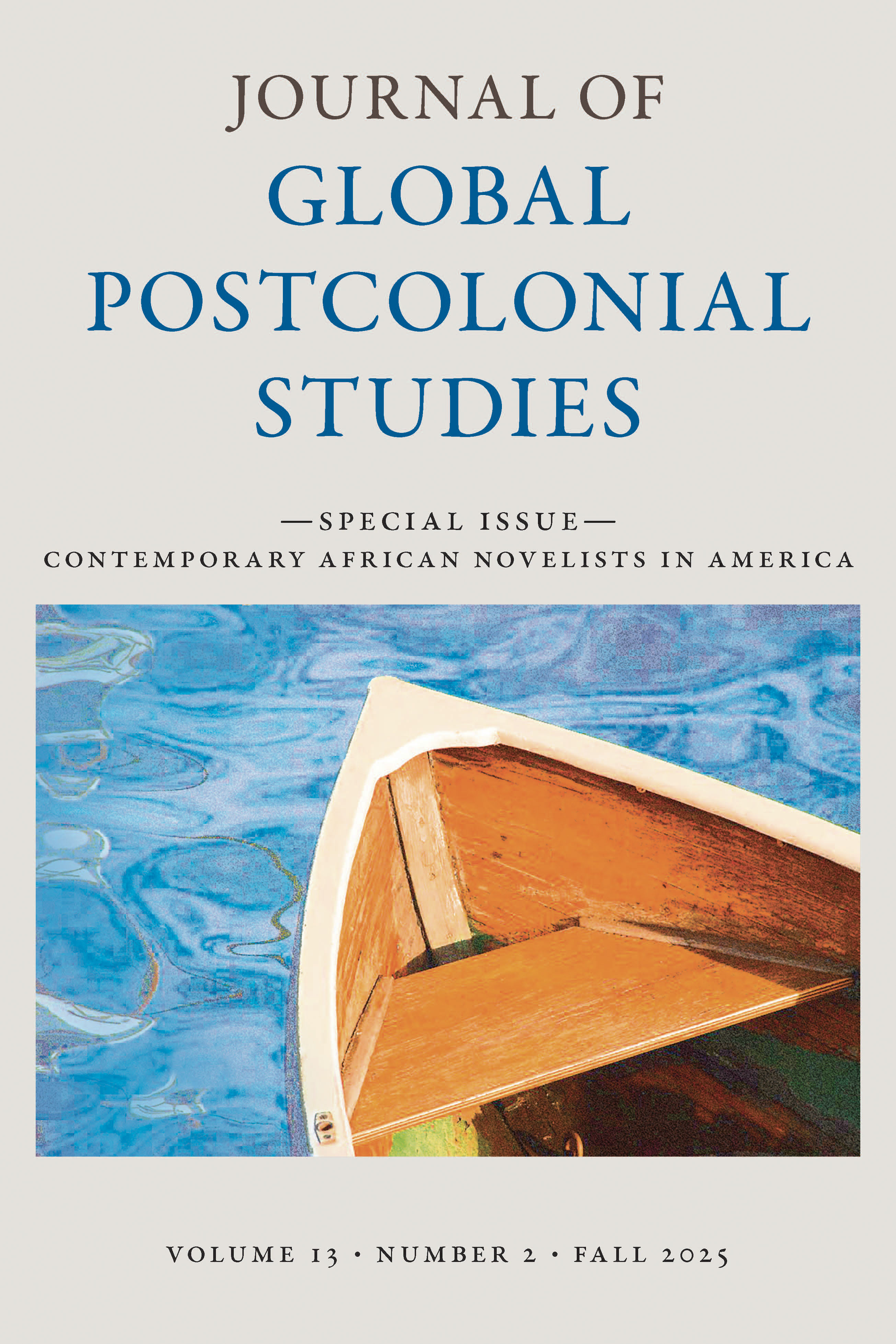Narrating Fractures Teaching Notes on Yaa Gyasi’s Homegoing
Main Article Content
Abstract
Yaa Gyasi’s acclaimed 2016 debut novel, Homegoing, has significantly contributed to African and African American literary and cultural studies. Given its scope and thematic depth, Homegoing has become a significant work in contemporary global Black literature, prompting considerable scholarly analysis, focusing on a range of topics from ecocritical aspects (Asempasah et al.) to diaspora and the search for home (Madongonda and Gudhlanga), trauma and the living past (Grindstaff), historical violence and personal identity (Huang), epigenetic inheritance (Mikić), female descendency (Motahane, Nyambi, and Makombe), extractive form (Okoth), bottom-up examination of Black History (Reynolds), and aurality and Afro-Modernity (Royston and Ogoti). Despite this extensive critical engagement with the novel, hardly any scholarship explicitly theorizes or reflects on its pedagogical dimensions, particularly why it is a propitious text for exploring the Black Atlantic and the legacy of slavery. A brief survey of publicly available syllabi repositories reveals that the novel is prominent in undergraduate and graduate curricula within global Black studies, African and African American literature, and African diaspora courses. This essay critically reflects on my experience with the novel both as a graduate student and as an instructor in three distinct courses: Advanced Seminar on African Cultural Studies at the University of Wisconsin-Madison, Introduction to Global Black Studies at Clemson University, and Africa and the Atlantic World at Clemson University. Drawing on these pedagogical experiences, I aim to delineate the complex thematic and historical concerns the novel raises and advance approaches for critically engaging its literary, cultural, and historical significance.

